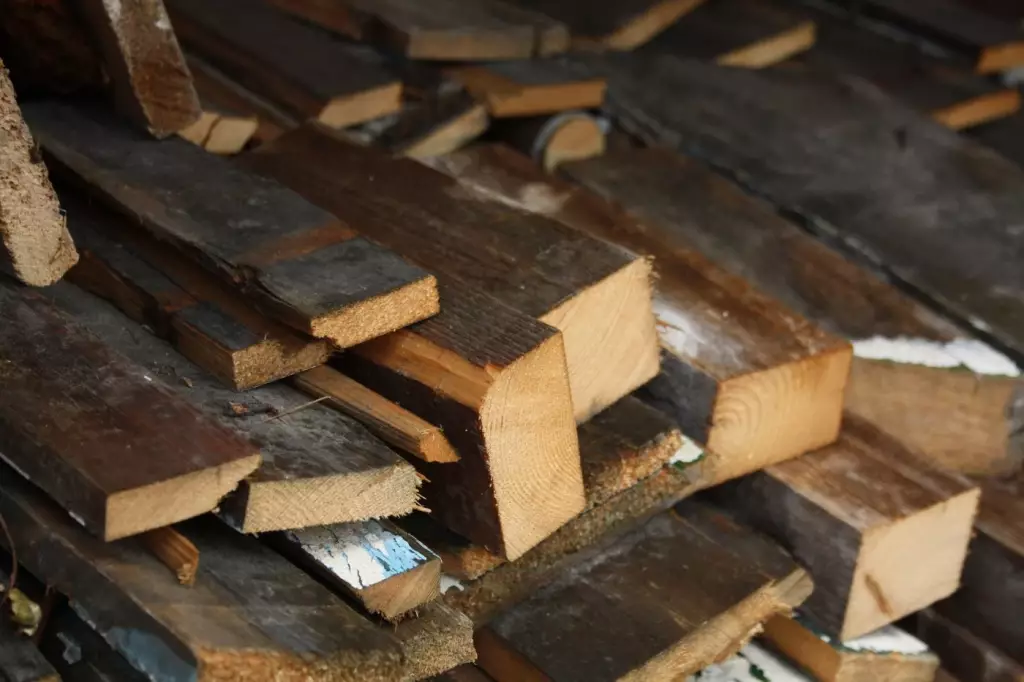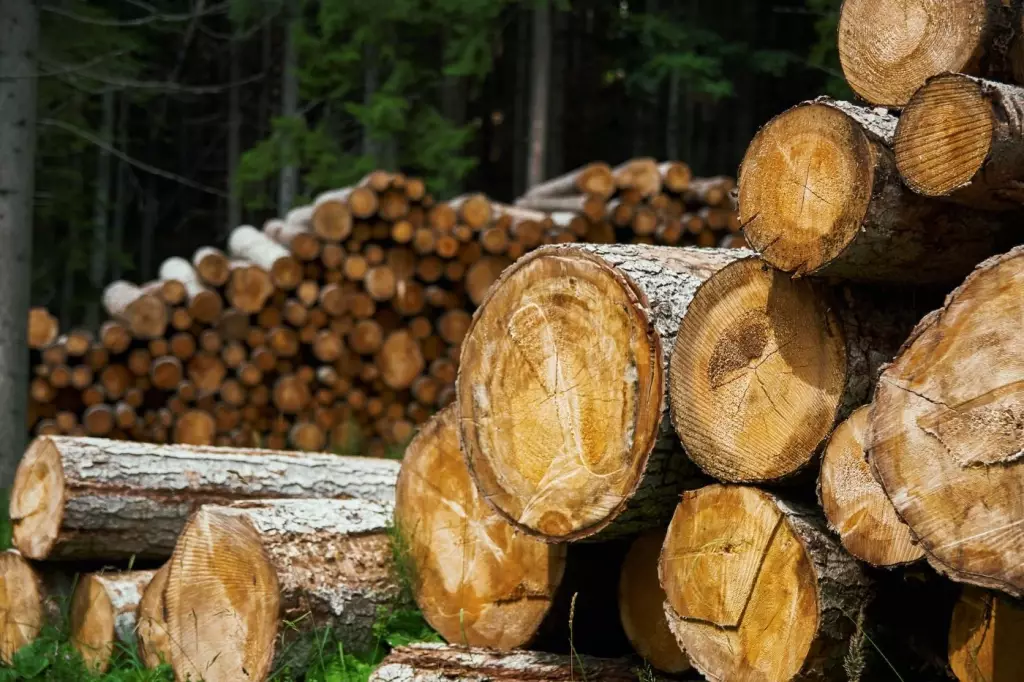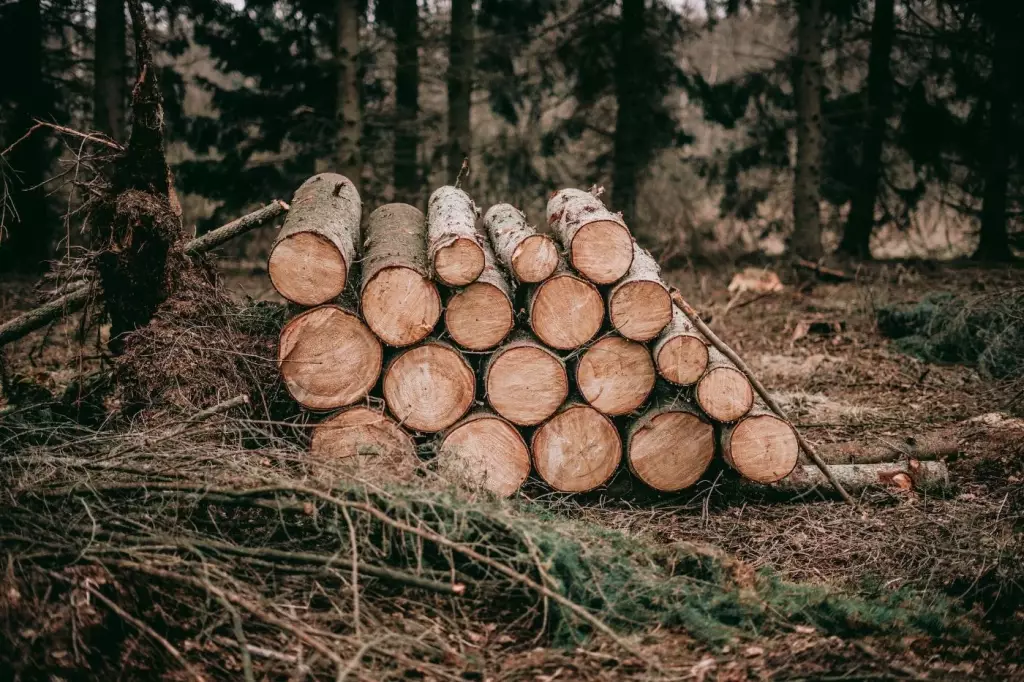What Are the Most Profitable Trees to Grow for Lumber?
Are you looking to start a tree farm and wondering which trees are the best to grow for lumber? In this article, we'll explore the most profitable trees to grow for lumber. From the popular and versatile oak to the fast-growing and durable pine, each of these trees offers unique benefits and opportunities for success.
Hardwood trees, such as black walnut, oak, hickory, ash, mahogany, birch, cherry, maple, and teak, are the most profitable species for lumber production, as are softwood trees such as pine, fir, spruce, and cedar. These trees offer an excellent source of timber due to their durability and versatility in various applications.
A faster-growing tree will allow you to harvest the wood sooner, which may lead to higher profits. Although some trees, like red or white oak, are well-liked in the lumber industry, they might not grow as quickly as others. What other factors do you need to keep in mind as you consider your options? Let's find out.
Summary
- Profitability in tree farming depends on the species you choose to grow and the markets you cater to.
- Various tree species may perform better in certain regions or meet different market demands, so taking these aspects into account will help you make the best choice for your lumber venture.
- Maintenance costs can add up, but they are necessary investments for a profitable lumber business.
- Consider reaching out to professionals for planting assistance if you are unsure about setting up your tree farm.

On this page:
Most Profitable Trees for Lumber
| Most Profitable Trees for Lumber | Cost per Board Foot |
|---|---|
| Black Walnut | $5-$10 |
| Oak | $2-$15 |
| Hickory | $2-$5 |
| Ash | $2-$5 |
| Mahogany | $5-$20 |
| Birch | $1-$3 |
| Cherry | $3-$10 |
| Maple | $2-$10 |
| Teak | $20-$45 |
| Pine | $1-$5 |
| Fir | $1-$3 |
| Spruce | $1-$3 |
| Cedar | $2-$8 |
It's important to note that these prices are just estimates and can vary widely depending on the specific market and location. Additionally, some buyers may pay based on weight rather than board feet.
| Tree Species | Characteristics of Each Tree that Make It Profitable for Lumber |
|---|---|
| Black Walnut | prized for its dark, rich wood and high demand in the furniture industry |
| Red Oak | one of the most common hardwoods, used in furniture, flooring, and cabinetry |
| Hickory | prized for its strength and durability, used in tool handles, sports equipment, and flooring |
| Ash | used in furniture, flooring, and sports equipment |
| Mahogany | highly sought after for its beautiful reddish-brown color and use in high-end furniture |
| Birch | profitable due to its use in high-end furniture and cabinetry |
| Cherry | popular for its reddish-brown color and use in high-end furniture and cabinetry |
| Maple | known for its durability and versatility, used in everything from flooring to furniture |
| Teak | known for its durability and resistance to weather and insects, used in outdoor furniture and boat building |
| Pine | commonly used for construction and furniture, with different varieties offering different qualities |
| Fir | profitable due to its use in construction and paper products |
| Spruce | profitable due to its use in construction and musical instruments |
| Cedar | known for its resistance to decay and use in outdoor furniture and siding |
Hardwood species are durable lumber source
When considering hardwood trees, some of the most profitable species are oak, hickory, birch, and cherry. These deciduous trees are excellent sources of lumber due to their dense wood, which makes the final product more durable. Since hardwood trees take longer to grow, they develop denser wood, resulting in a stronger and more durable lumber source.
Some of the most expensive hardwood trees in the world include:
- Sandalwood – $20,000 per tree
- African Blackwood – $10,000 per kilogram
- Agar Wood – $10,000 per kilogram
- Bocote – $30 per board
- Pink Ivory – $8 per board
These hardwood species can maximize your profits in the long run, so as a tree farmer, you may want to focus on them.
Softwood species have faster growth rates
Softwood trees account for around 80% of the world's production of timber. While the value of softwood lumber may be lower than hardwood, you'll be able to harvest more softwood over a given period due to its faster growth rates.
Some of the most profitable softwood trees for timber are pine, fir, spruce, and cedar. These trees are versatile and used in various applications, such as construction, furniture, and paper production. When properly managed, softwood timber stands can see total value growth rates of 20–30% per year.
Factors Affecting Profitability of Trees to Grow for Lumber

Growth rate of the tree you plan to grow for lumber
A faster-growing tree will allow you to harvest the wood sooner, which may lead to higher profits. Some trees, like red or white oak, are popular in the lumber market but may not have the fastest growth rate. Keep in mind that factors such as competition among trees, sunlight, tree age, and soil conditions can all affect individual tree growth rates.
Wood quality of trees to grow for lumber
The quality of the wood greatly impacts its value in the market. High-quality wood can command a higher price, making the tree species more profitable. For example, oak trees are known for their strength and hardness, as well as their attractive grain patterns.
Other factors that determine wood quality include tree size, product type, and species. Evaluate your specific region and market demands to determine which tree species with higher wood quality will be the most profitable for you.
Market demand of trees to grow for lumber
This varies among regions and can be influenced by factors such as economics, consumer preferences, and industry requirements. Some tree species are popular for specific uses, like dogwood and Japanese maple, which are often used in home landscaping projects.
The market demand for certain wood types may change over time, so it's essential to stay informed about industry trends and local market preferences.
Costs and Investments of a Lumber Business

Land acquisition for your tree farm
You'll need to consider location, size, and accessibility when choosing your land. Make sure it is suitable for the type of trees you plan to grow, such as hardwood trees like oaks, maples, or walnuts.
Land prices can vary significantly depending on factors like proximity to urban areas and land quality, so take your time and do your research before making a decision.
Tree planting in your lumber business
The cost of planting trees varies depending on the species, size, and quantity. Here's what you should consider:
- Seeds or seedlings: Buying seeds is a cost-effective option but may require more time and effort for nurturing and monitoring their growth. On the other hand, buying seedlings can save you time, but they can be more expensive.
- Tree species: Research and choose tree species that are profitable and suitable for your climate, soil, and location. Some popular choices for profitable lumber include oak, maple, and walnut.
- Spacing: Plan the spacing between your trees optimally for efficient growth and harvest. Proper spacing is crucial to avoid issues like overcrowding and competition for resources.
Proper maintenance of your trees
Regular monitoring, fertilizing, and irrigating will ensure the healthy growth of your trees. Here are some essential maintenance practices:
- Weeding: Regularly remove weeds and competing plants to ensure that your trees receive sufficient nutrients and sunlight.
- Pruning: Pruning trees is essential for maintaining a healthy growth rate and ensuring optimal lumber quality. Take the time to learn proper pruning techniques or hire professionals to help you with this task.
- Pest control: Keep an eye out for pests and diseases that may affect your trees. Invest in preventative measures or consult with experts to ensure your trees remain healthy.
Harvesting your trees for lumber
The cost of harvesting may include:
- Labor: Depending on the size of your tree farm, you may need to hire workers to help with the harvesting process. This can be one of the most significant costs associated with your lumber business.
- Equipment: You may need to invest in specialized equipment for cutting, transporting, and processing your trees.
- Transportation: After harvesting, you'll need to transport the lumber to the buyers or processing facilities, which can result in transportation costs.
Sustainable Forestry Practices

Sustainable forestry practices are essential for maintaining the health of our forests and ensuring a profitable timber industry for future generations. By following the guidelines outlined in this section, you can grow the most profitable trees for lumber while also caring for the environment.
Reforestation for a sustainable forestry
When you harvest timber, it's essential to replant the area with new trees. This not only helps maintain the forest ecosystem but also ensures a steady supply of timber for the future. Some fast-growing tree species suitable for lumber include oak and various softwood trees.
- Choose appropriate species: Select tree species that are native to the region and suitable for lumber production.
- Plant at the right density: Plant new trees at an appropriate density to ensure healthy growth and optimal timber production.
- Monitor growth: Regularly assess the health and growth of your trees to ensure they are growing strong.
Conservation practices help preserve the environment
Conservation practices go hand-in-hand with reforestation, helping to preserve the environment and maintain a balanced ecosystem. The Rainforest Alliance emphasizes that sustainable forestry should balance the needs of the environment, wildlife, and forest communities. Here are a few guidelines to follow:
- Protect wildlife habitats: Be mindful of the habitats of local wildlife and take necessary precautions to avoid disrupting their homes during timber harvesting.
- Implement erosion control measures: Timber harvesting can lead to soil erosion. Implement strategies such as minimizing road construction, avoiding harvesting during wet periods, and using buffer zones to reduce the risk of erosion.
- Manage pests and diseases: Regularly monitor your forest for signs of pests or diseases, and take appropriate measures to address them before they can damage your trees or spread to neighboring forests.
- Promote diversity: A diverse forest is more resilient to pests, diseases, and climate change. Incorporate a mix of tree species and age classes to create a more biodiverse and stable ecosystem.
